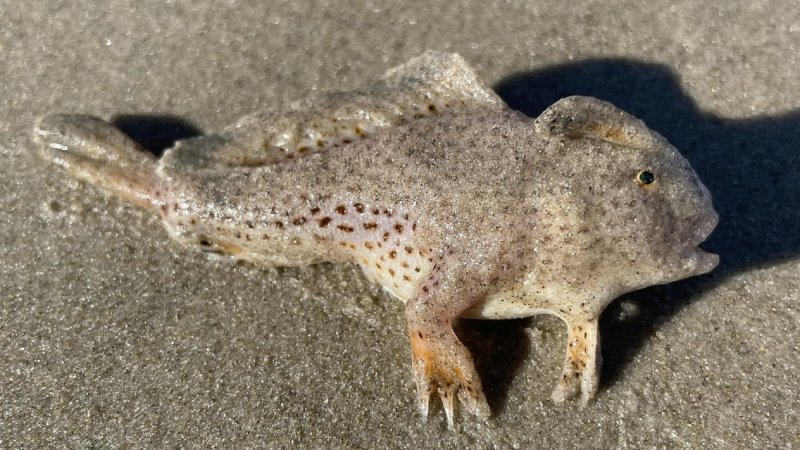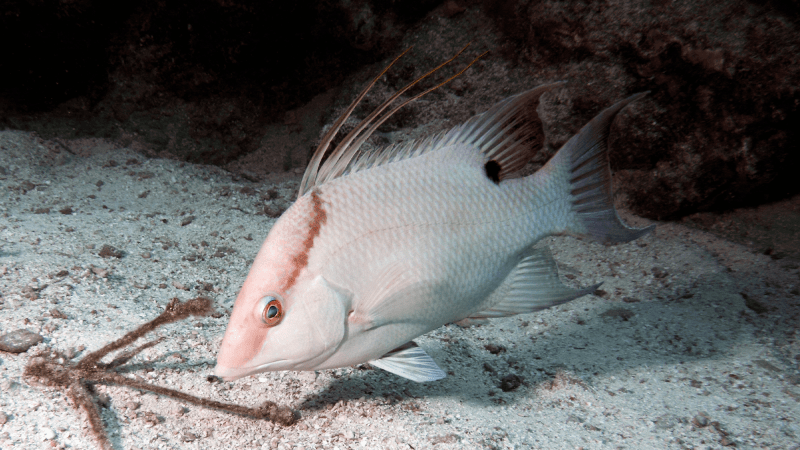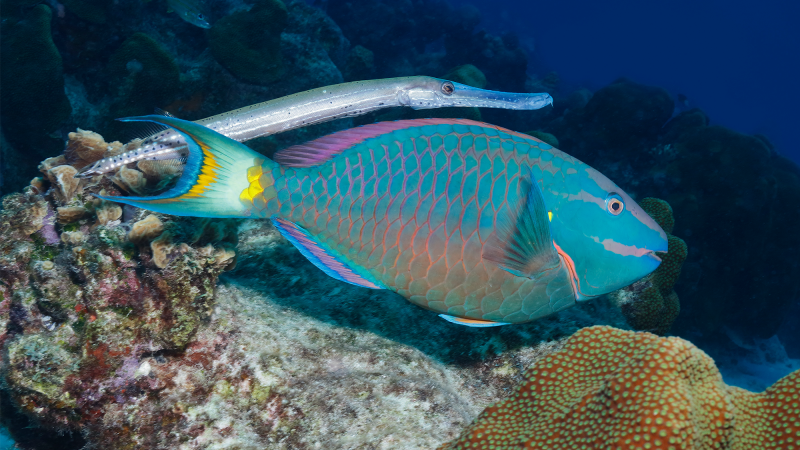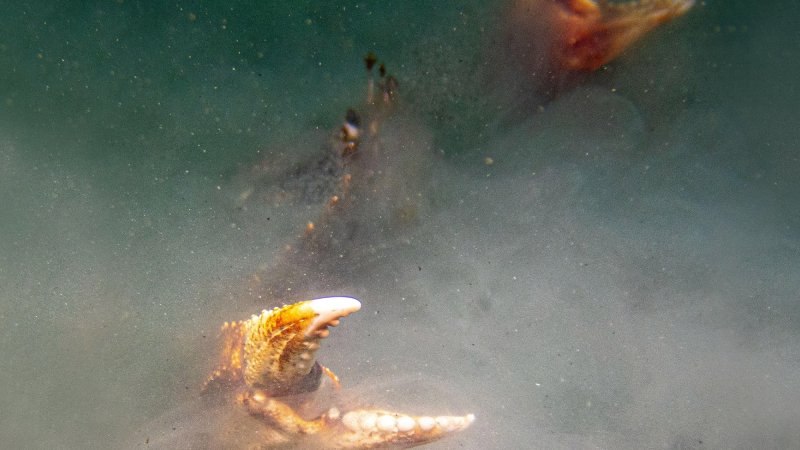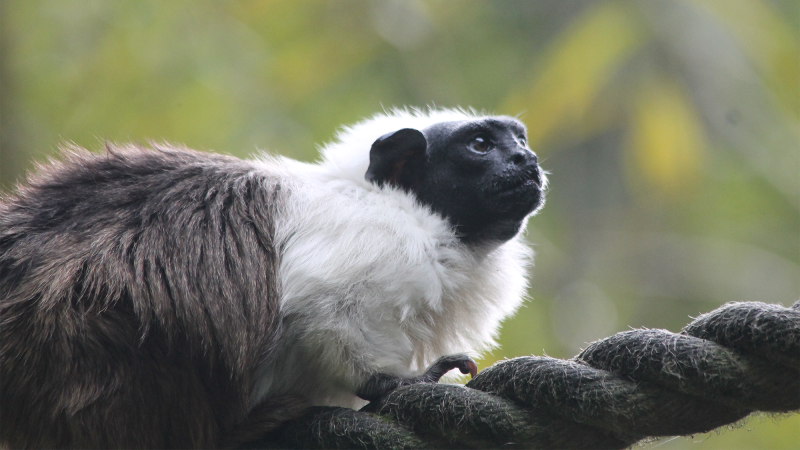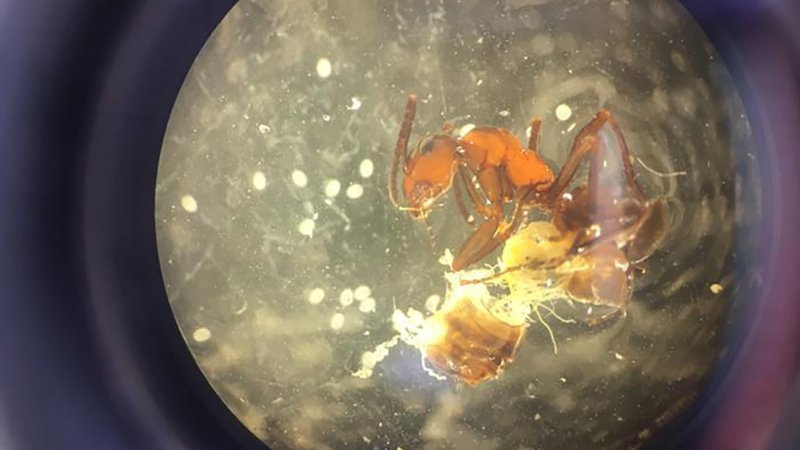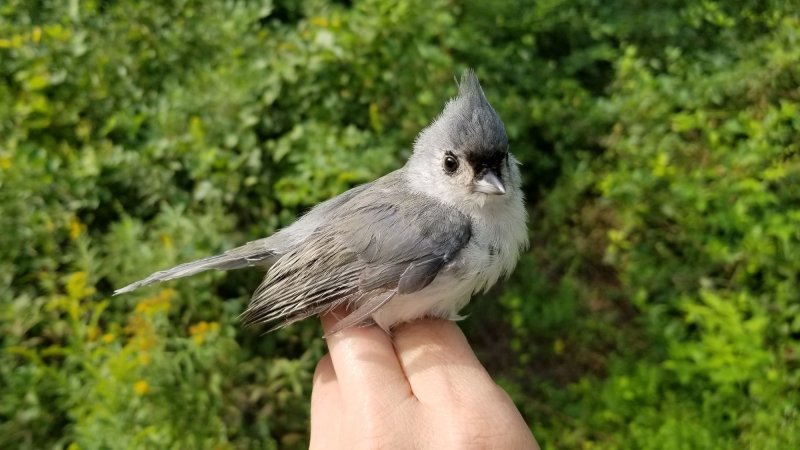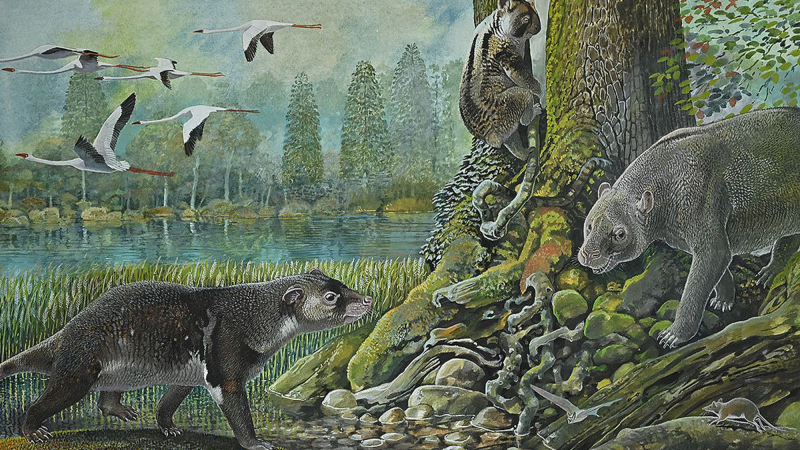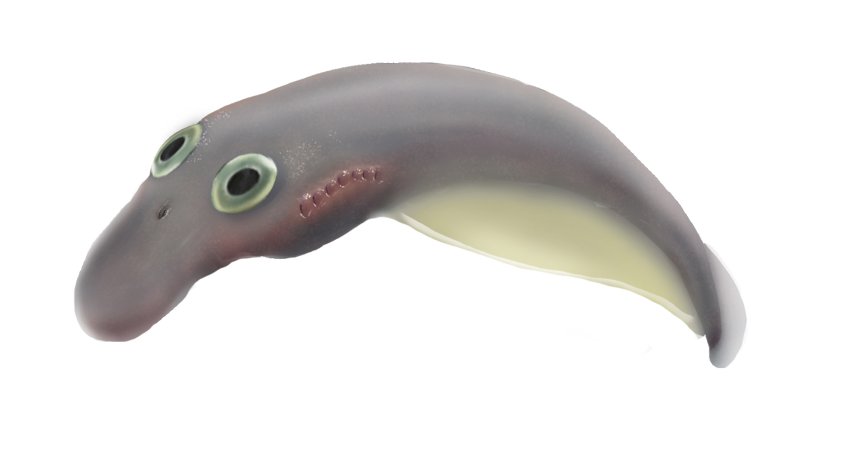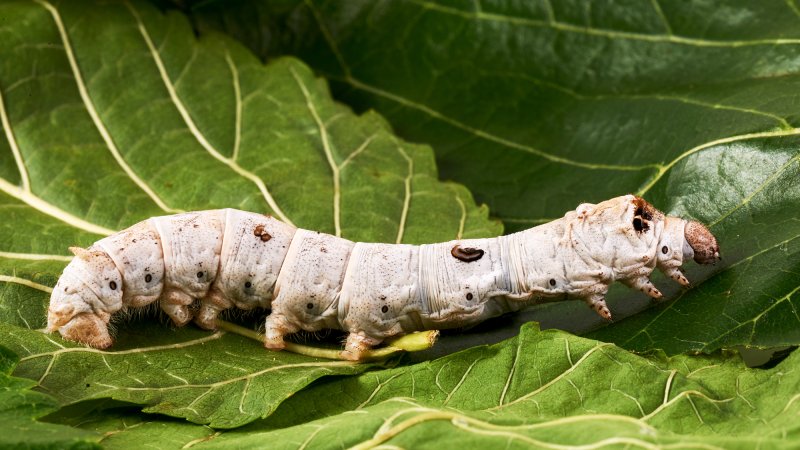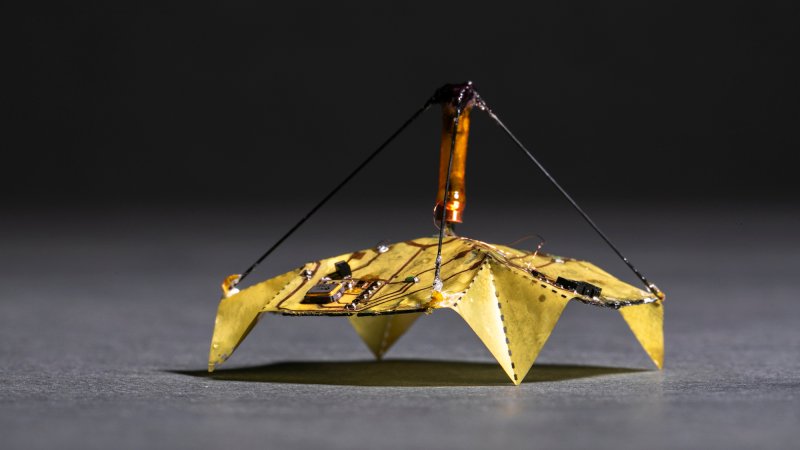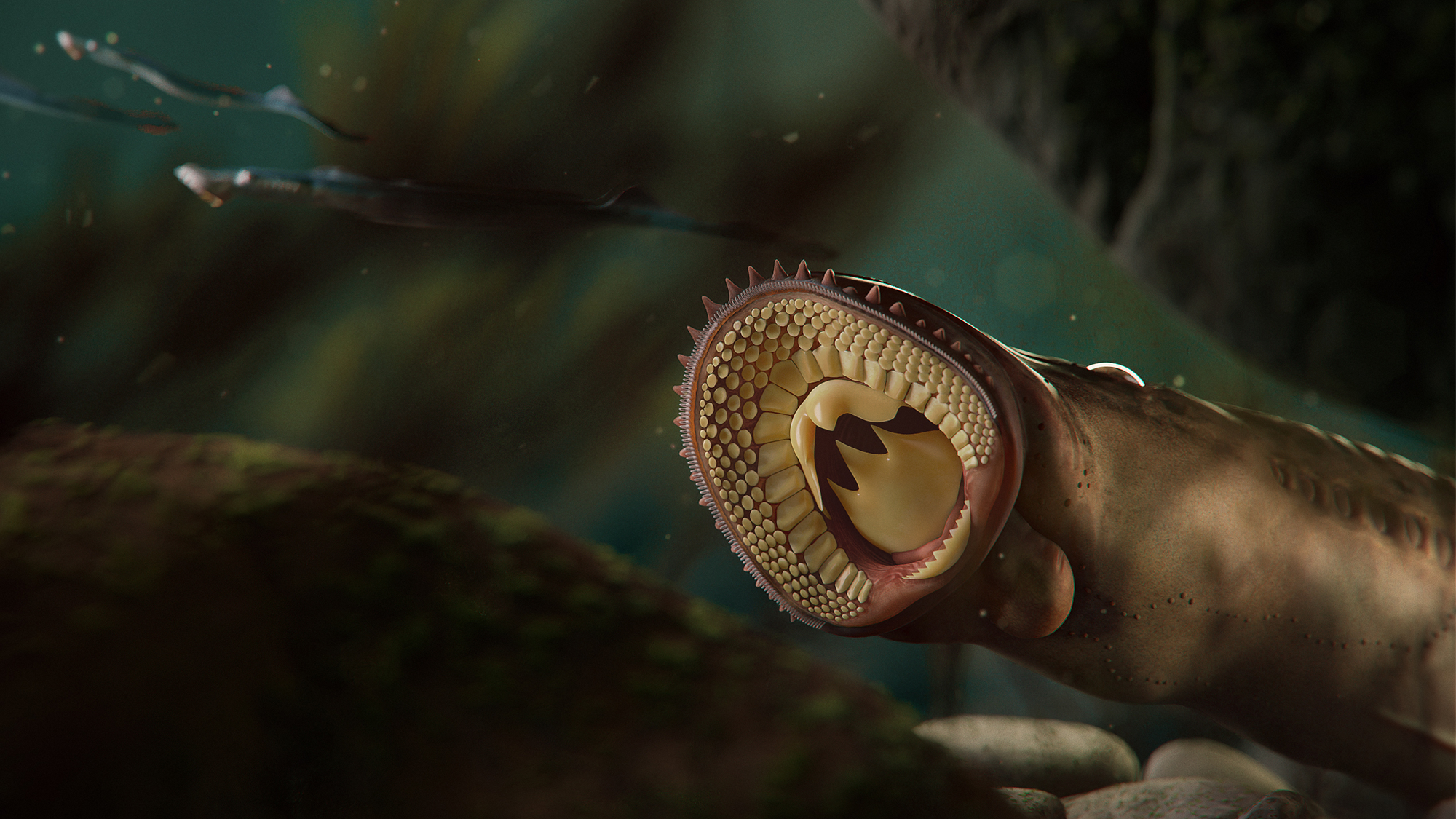

Lampreys are the vampires of the ocean and the lakes they can invade. While these eel-like parasitic vertebrates don’t use two sharp fangs to suck blood, lampreys have a toothed oral sucker that latches onto their prey and feasts on their host’s blood. Modern day lampreys are found in temperate zones of most of the world’s oceans except in Africa. However, specimens of their extinct ancient ancestors are fairly rare in the fossil record, despite dating back roughly 360 million years. Now, paleontologists in northern China have found two unusually large fossilized lamprey species that fill a large evolutionary gap. The specimens are described in a study published October 31 in the journal Nature Communications.
[Related: Why sea lampreys are going to be a bigger problem for the Great Lakes.]
“We found the largest fossil lampreys ever found in the world,” study co-author and Chinese Academy of Sciences paleontologist Feixiang Wu tells PopSci. “Based on these fossils, our study assumed that the most recent common ancestor of modern lampreys was likely eating flesh rather than sucking blood as conventionally believed.”
The earliest known lampreys date back about 360 million years ago during the Paleozoic Era. These early species are believed to have been only a few inches long and had weak feeding structures. The 160 million-year-old fossils in this new study were discovered in the Lagerstätte Yanliao Biota in northeastern China and date back to the Jurassic. The longer of the two specimens is named Yanliaomyzon occisor. It is more than 23 inches long and is estimated to have had 16 teeth. The shorter 11 inch-long species is named Yanliaomyzon ingensdentes and had about 23 teeth. By comparison, modern lampreys range from six to 40 inches long.

Their well-preserved oral discs and “biting” structures indicate that these lamprey species had already evolved enhanced feeding structures, bigger body size, and were predators by the Jurassic period. It also appears that they had already evolved a three-phased life cycle by this point
Lampreys begin their lives as burrowing freshwater larvae called ammocetes. During this stage, they have rudimentary eyes and feed on microorganisms with their toothless mouths. They spend several years in this stage, before transforming into adults. Some move into saltwater, while others will remain in freshwater. As adults, they become parasites that attach to a fish with their mouths and feed on their blood and tissue. Lampreys eventually return to freshwater to reproduce, where they build a nest, then spawn, and then die.
It is still unclear when lampreys evolved this lifecycle and their more complex teeth for feeding. These new well-preserved fossils fill an important gap in the fossil record and give some insights into how its lifecycle and feeding originated.
[Related: Evolution made mosquitos into stealthy, sensitive vampires.]
The study also pinpoints where and when today’s lamprey’s first appeared. “We put modern lampreys’ origin in the Southern Hemisphere of the Late Cretaceous,” says Wu.
The Late Cretacous lasted from 100.5 million years ago to 66 million years ago and ended with the mass extinction event that wiped out the dinosaurs. In future research, the team would like to search for specimens from the Cretaceous. According to Wu, this time period could be very important to their evolutionary history.
More fossilized specimens could also provide more accurate ideas of what kinds of flesh ancient lampreys feasted on with all those teeth and how that has evolved over time.
“Living lampreys are always hailed as ‘water vampires,’ but their ancestor might be a flesh eater, their teeth tell,” says Wu.

